Chapter 1
Introduction
Dublins history goes back as far as AD. 140 when Ptolemy noted a settlement on this site. 140 when Ptolemy noted a settlement on this site.
The city has had a long history as a Norse Viking settlement, a Gaelic city, a Norman city, as the centre of colonial English Administration of Ireland, as the centre of Irish rebellion early in the 20th century and currently as the capital of modern Ireland. Since Dublins establishment, Dubliners have grown considerably in number and eminence. The earliest city population estimate is 1644 when 8,000 people were recorded. By 1682 it had risen to 60,000; by 1728 it was 146,000; by 1800 it was 170,000; and by 1841 the city had over 230,000 inhabitants. During the Great Famine of 1845-47 the population greatly expanded due to migration of people from other badly affected parts of the country. Just before the famine, in 1841, the population of Dublin county was 372,000.
By 1851 it had grown to 405,000. The population of the county grew only slowly during the remainder of the century but has grown rapidly since the foundation of the Irish state in 1921. The population in the 2006 census was 1.186 million. It is reasonable to suggest that modern Dubliners include descendants of the original native Dubliners. They also include descendants of the later arrivals, i.e. the Norse, Norman, English, Huguenot, Jewish and other groups.
The predominant population group, however, is Irish people from other parts of the country. Although descendants of Norsemen undoubtedly remain in much of the county, particularly north of the city, their influence is not obvious in Dublin family names because they did not use hereditary surnames or family names. Anglo-Norman families who settled in the county include Baggot, Sarsfield, Luttrell, Delahyde, Talbot, Barnewall, St. Lawrence, Cruise, Archbold, and Segrave. Tracing Dublin Families This book is intended to assist those who wish to establish their links with those Dubliners who defended, ran and worked the city over the ages; who inspired its writers, artist and leaders, built its great buildings and otherwise contributed to the citys existence and fame. Tracing a family history normally requires the researcher to consult many different historical sources, in some (or hopefully all) of which details of the family may be found.
Sufficient details, when pieced together, can form a comprehensive picture of a familys existence. Although Irish sources for family history are sparse relative to some other European countries, Dublin has arguably the best variety of family history resources in Ireland. However, like all cities, individual families can be hard to find within this variety. This book outlines the range of different types of records available to the Dublin family researcher. The nature, time-frames and locations of the available sources is described in the following chapters. civil registration, church records, censuses, census substitutes, newspapers, directories etc. civil registration, church records, censuses, census substitutes, newspapers, directories etc.
For optimal use of these records, it is important to understand the system of administrative divisions used in Ireland. These divisions or areas are described in Chapter 2. They are vital in determining an ancestors address or location. Many, if not most sources are arranged according to such divisions, and an understanding of the different elements of an ancestors address is therefore important. The abbreviations used are explained on p. 6, and contact details for the organisations and archives cited are in Chapter 13.

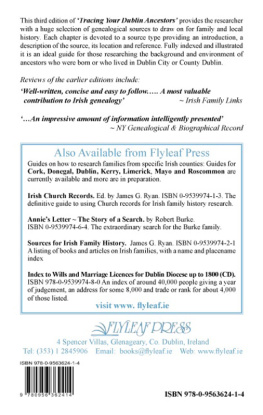
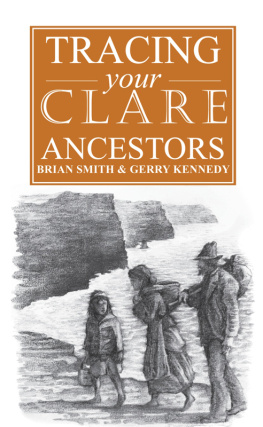


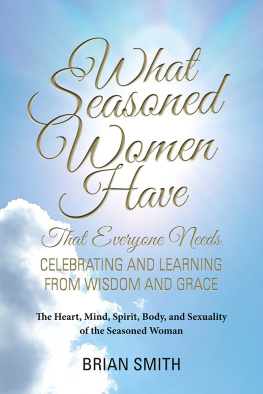
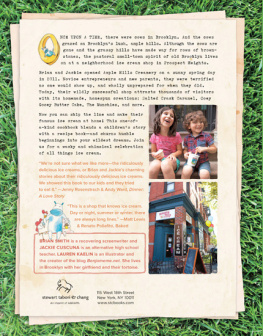

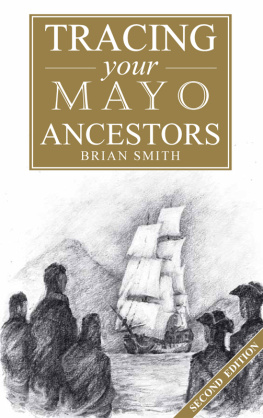
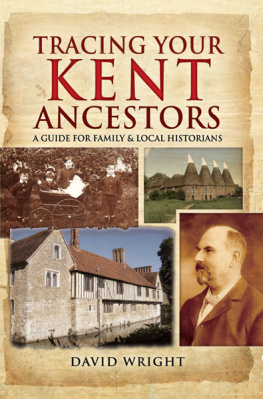






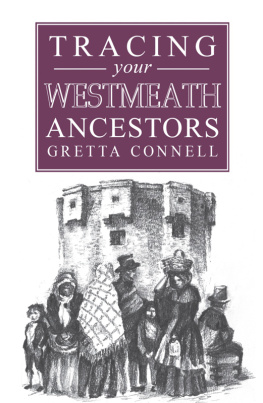
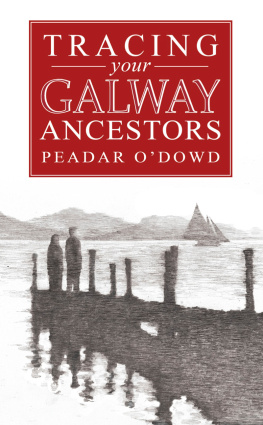
 First published in 1988 Second Edition 1998 Third Edition 2009 Flyleaf Press 4 Spencer Villas Glenageary Co. Dublin, Ireland www.flyleaf.ie 2009 Flyleaf Press British Library cataloguing in Publications Data available ISBN 978-0-9563624-1-4 All rights reserved. No part of this publication may be reproduced, stored in a retrieval system, or transmitted, in any form or by any means, electronic, mechanical photocopying, recording or otherwise without the prior permission of the copyright owner. The information in this book is subject to change without notice. Cover Illustration: Eoin Ryan Layout: Brian Smith
First published in 1988 Second Edition 1998 Third Edition 2009 Flyleaf Press 4 Spencer Villas Glenageary Co. Dublin, Ireland www.flyleaf.ie 2009 Flyleaf Press British Library cataloguing in Publications Data available ISBN 978-0-9563624-1-4 All rights reserved. No part of this publication may be reproduced, stored in a retrieval system, or transmitted, in any form or by any means, electronic, mechanical photocopying, recording or otherwise without the prior permission of the copyright owner. The information in this book is subject to change without notice. Cover Illustration: Eoin Ryan Layout: Brian Smith A page from McCreadys Dublin Street Names - Dated and Explained, an excellent guide to identifying the location of streets since disappeared. see p. 140
A page from McCreadys Dublin Street Names - Dated and Explained, an excellent guide to identifying the location of streets since disappeared. see p. 140